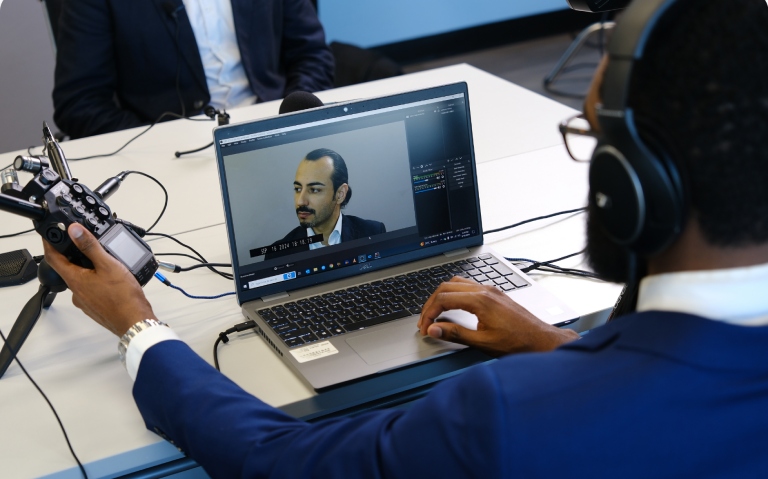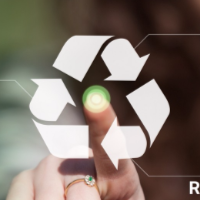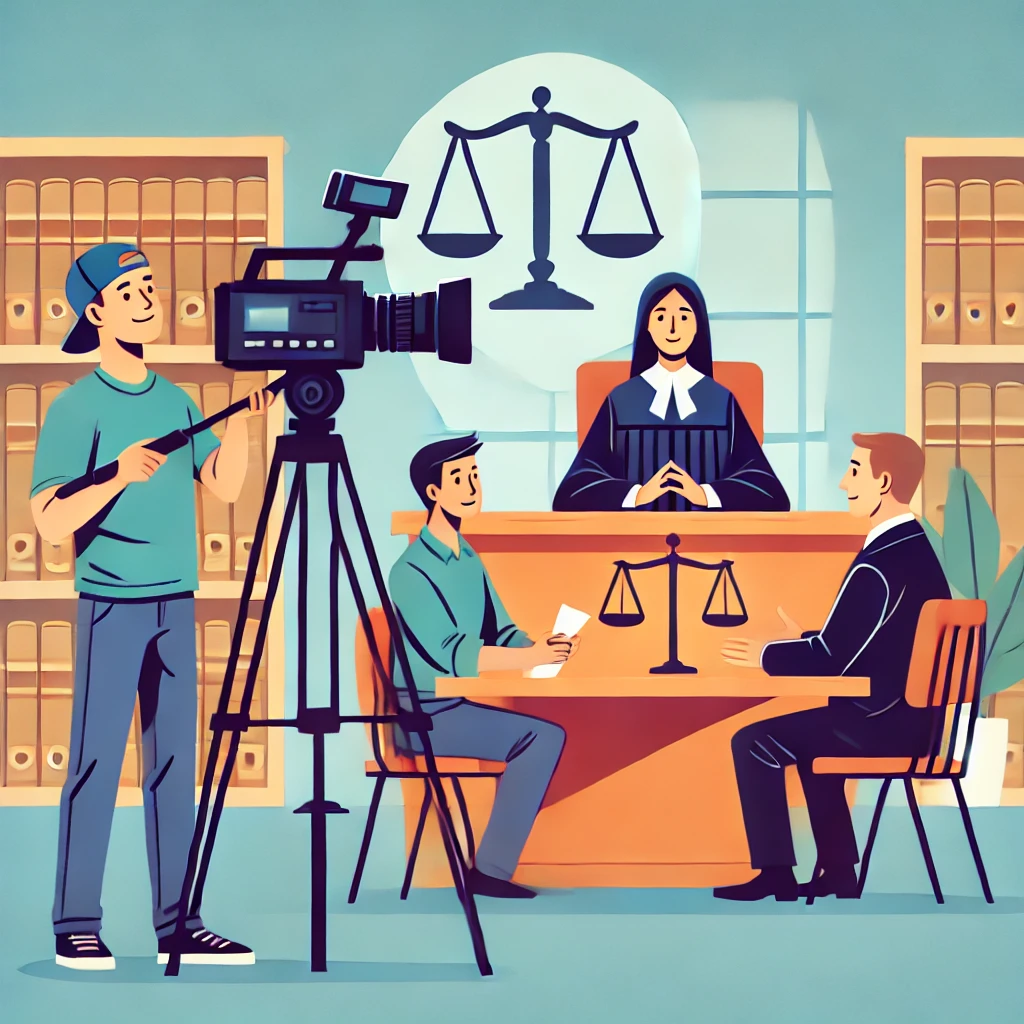Legal Videography: A Crucial Element in Building Strong Legal Cases
Legal Videography: A Crucial Element in Building Strong Legal Cases
Blog Article
Why Lawful Videography Is Essential for Accurate Court Recordings
The function of legal videography in courtroom settings can not be overemphasized, as it offers as a necessary device for protecting the integrity of court records. The ramifications of incorporating legal videography into common court room practices raise essential questions about its broader impact on the lawful system.
Importance of Visual Evidence
In the realm of lawful proceedings, the relevance of visual evidence can not be overemphasized. Aesthetic evidence offers as a powerful tool in establishing truths, substantiating statements, and enhancing the general clearness of an instance. This sort of proof, which consists of photographs, videos, and diagrams, can supply a concrete context that spoken descriptions frequently do not have, consequently using courts and courts a clearer understanding of the scenarios surrounding an instance.
In addition, aesthetic evidence aids in the retention of information. Human cognition is naturally visual, and people are a lot more most likely to keep in mind and understand information offered in an aesthetic format. In the court room, this can be critical, as compelling visual evidence can guide point of views and reinforce the story presented by lawful reps.
Furthermore, the usage of visual evidence can decrease misconceptions and obscurities that commonly emerge from spoken exchanges. By giving a direct representation of events, visual evidence helps to remove subjective analyses and cultivates a much more objective assessment of the realities. The assimilation of visual proof into lawful process not only strengthens the stability of the judicial process but also enhances the likelihood of achieving a just end result.
Catching Non-Verbal Hints
Using sophisticated videography strategies can considerably enhance the capture of non-verbal hints throughout lawful procedures. Non-verbal interaction, including facial expressions, body movement, and eye call, plays a crucial role in conveying emotions and intents that may not be explicitly mentioned in verbal statement. legal videography. Lawful videography uses high-definition cams and critical angles to guarantee that these subtle hints are tape-recorded with clarity and precision
The capability to assess non-verbal actions can supply valuable context to statements made during court sessions. As an example, a witness's reluctance or confidence can be translated with their posture or gestures, potentially influencing the jury's perception of trustworthiness. The use of close-up shots can assist concentrate on an audio speaker's expressions, permitting for a more nuanced understanding of the testament.
Moreover, integrating several video camera angles can produce a thorough view of communications, highlighting characteristics between events entailed. This multifaceted method not just boosts the precision of the court record yet additionally aids in maintaining the integrity of the judicial process - legal videography. Eventually, capturing non-verbal cues with legal videography cultivates a richer, extra total depiction of courtroom proceedings

Enhancing Statement Dependability
The reliability of statement can be dramatically boosted via using premium legal videography. Video recordings act as an unbiased medium that catches not just the talked words of witnesses but also the subtleties of their distribution, including tone, pacing, and psychological expressiveness. This diverse documentation supplies a clearer understanding of the witness's trustworthiness and intentions, which can be read review critical in lawful process.
In addition, legal videography lessens the capacity for misconceptions that might develop from written records alone. When jurors can observe a witness's behavior and body movement along with their statement, they are better geared up to assess the authenticity and integrity of the evidence provided. This visual context can reinforce the testimonial narrative, making it more compelling and reputable.
In addition, the visibility of a video recording can deter possible disparities in statement. Witnesses might be a lot more careful in their declarations when they understand they are being recorded, leading to even more precise and honest accounts. Overall, top quality lawful videography enhances the honesty of statement, ensuring that the court has access click for info to a full and genuine depiction of the facts as shared by the witnesses.
Sustaining Appeals and Reviews
Lawful videography plays an important role in sustaining appeals and reviews by providing a thorough visual record of court proceedings. This visual documentation records not just the talked words of witnesses and attorneys but additionally the nuances of body movement, intonation, and courtroom characteristics. Such aspects can be crucial in comprehending the context of testimonies and disagreements offered.
In the appellate procedure, where the focus is on mistakes of legislation and procedural justness, a video clip document can work as a vital device for appellate courts. It makes it possible for judges to examine the original trial context, ensuring that decisions are based on a complete understanding of the proceedings. The capacity to aesthetically assess the demeanor of witnesses or the interactions between celebrations can disclose insights that written records may forget.

Additionally, lawful videography can assist in making clear uncertainties in testaments or step-by-step judgments, therefore enhancing the basis for a charm. By supplying a reputable, objective account of what taken place in court, lawful videography not just supports the honesty of the lawful process yet also empowers all events involved to make enlightened decisions regarding their instances.
Enhancing Court Room Procedures
Enhancing court room efficiency, lawful videography simplifies processes by offering immediate accessibility to visual documents of process. This technology allows judges, lawyers, and courts to revisit vital statement and evidence, making sure that all celebrations have a clear understanding of the case. By catching the nuances of spoken and non-verbal communication, videography enriches the record, making it less complicated to grasp the context and weight of testimonies.

Additionally, video recordings can help with remote engagement in hearings, enabling for greater flexibility in organizing and participation, which is specifically valuable in complicated instances entailing multiple stakeholders.
Final Thought
In final thought, legal videography plays a crucial duty in guaranteeing accurate court recordings by offering necessary aesthetic proof that catches both spoken and non-verbal interaction. This technique boosts the reliability of statements, sustains appellate testimonials, and improves court processes. By cultivating an extensive understanding of court dynamics, lawful videography ultimately adds to extra fair judicial end results, strengthening the stability of the legal system and promoting educated decision-making.
Report this page